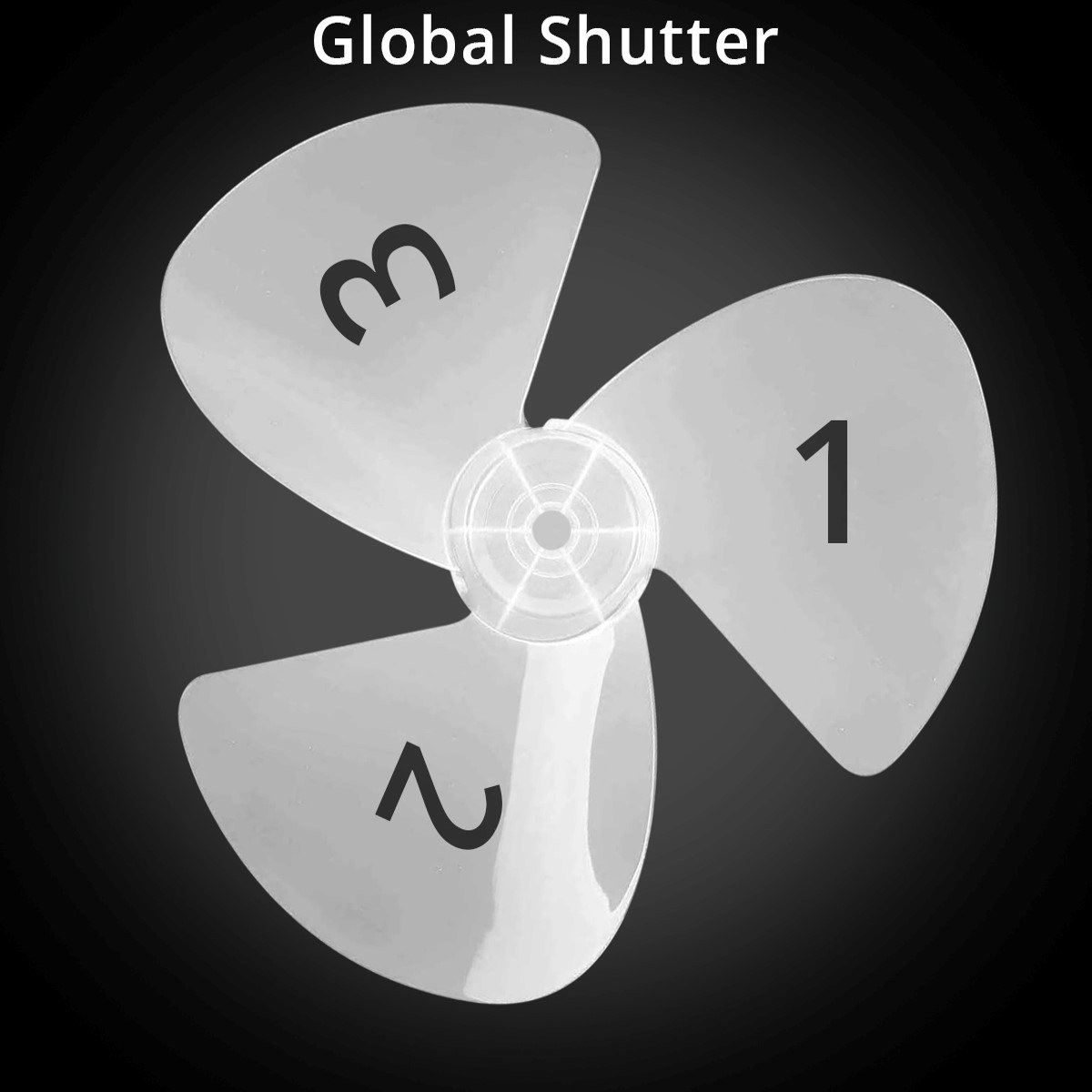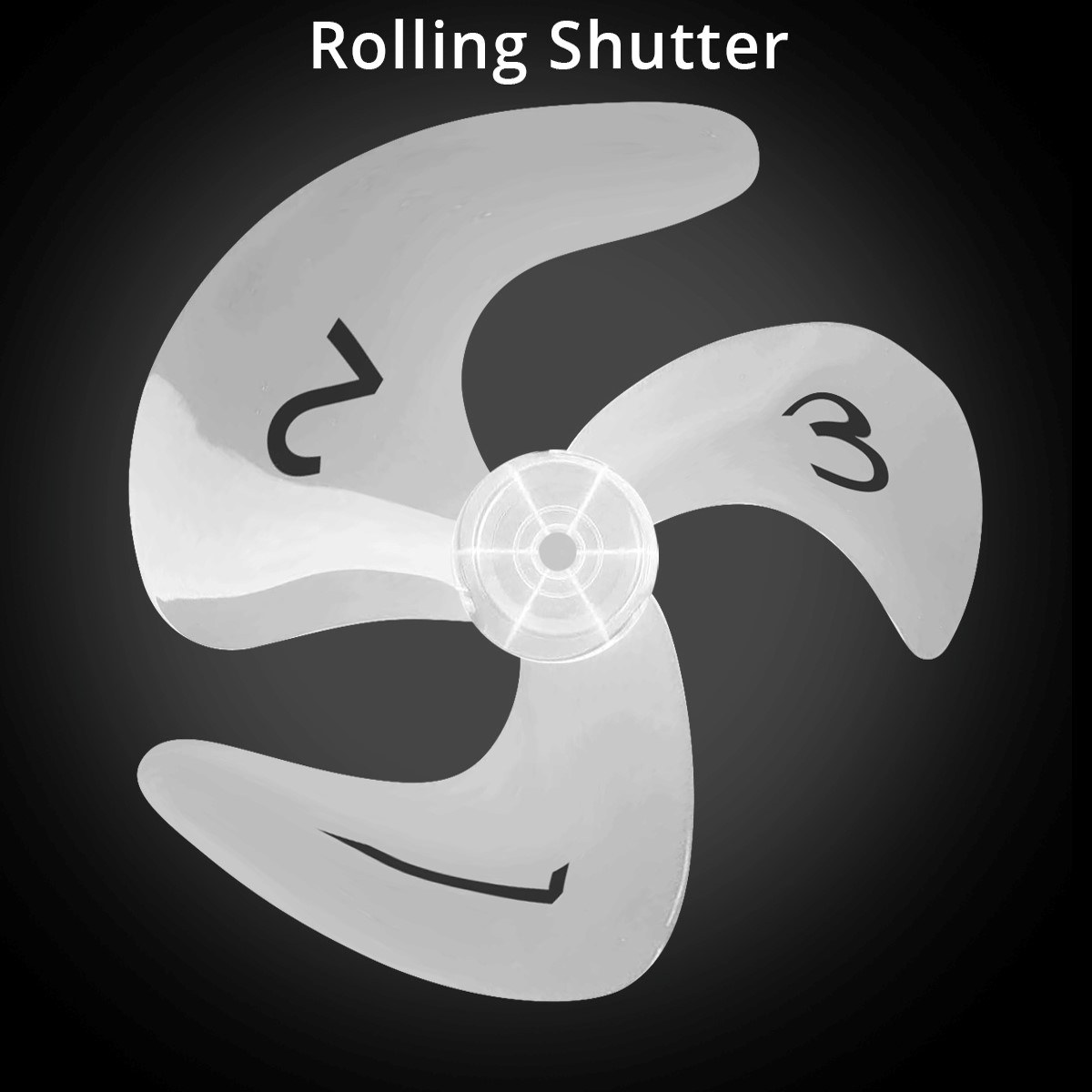Sensor types : CCD and CMOS
CMOS and CCD are the two most important and common technologies for the image sensor market.
The CCDs (Charged-coupled device) are sensors based on an array of passive photodiodes which integrates charge during the exposure time of the camera. The charge is then transferred to common electronics which reads the accumulated charges of the different pixels and translates them in voltages.
Since the CCD is a passive-pixel device (i.e. with no electronics at pixel level) the quantum efficiency is very high: this is an advantage in applications where the light is quite poor. Furthermore, since the electronics is the same for all the pixels (or, at least, for the pixels of the same column), a high pixel uniformity can be achieved. On the other hand, the charge transfer is quite slow, resulting in a low frame rate (typically <20fps) and the technology for the CCD sensors is not standard, making them quite expensive.
The CMOS (Complementary metal-oxide semiconductor) are sensors based on an array of active pixel: the pixel-level electronics (typically 3 or 4 transistors) translates the charge accumulated in the photodiode in a well-defined voltage; in this way, the output of each pixel needs only to be acquired and sampled.
Since the pixel output relies on voltage (rather than on charge), with CMOS sensors it’s possible to achieve higher frame rates thanks to the easier readout scheme and it’s possible to define region of interest (ROI) to be acquired. This readout scheme has the disadvantage to exploit a higher noise, due to the readout transistors in each pixel and due to the so-called fixed pattern noise: a non-homogeneity in the image due to the mismatches across the different pixel circuitries.
Global and rolling shutter (CMOS).
With global and rolling shutter the literature refers to the way an image is captured and read-out.
With the rolling shutter readout scheme the exposure time is the same for all the pixel of the sensors (see figure: the length of the light blue bars is the same for all the rows of the matrix), but there is a delay between the exposure of one row and the following one.
Put in another way, this architecture is “sequential”: the read-out is immediately after the exposure time of the row.
This scheme gives an image that is not all captured at the same time,
but rather slightly shifted in time: this can be a problem in fast
application requiring a high frame rate.
On the contrary, the exposure time of global shutter sensors starts and ends at the same time (see figure: in this case the red bars are all aligned). In this way the information given by each pixel refers to the same time interval in which the image is acquired. Here, only the read-out is sequential, but the voltage sampled refers to one precise moment of time for all the array. This kind of sensor is mandatory for high speed applications.
The following images show the differences between global shutter and rolling shutter sensors on a moving object.





